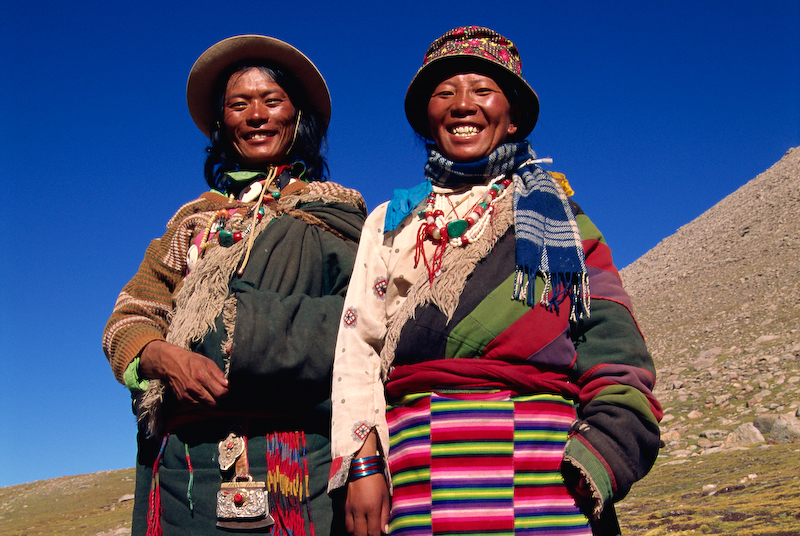
The spiritual athlete often changes the color of his clothes,
and his mind remains gray and loveless.
He sits inside a shrine room all day,
so that the Guest has to go outdoors and praise the rocks.
Or he drills holes in his ears, his hair grows
enormous and matted,
people mistake him for a goat…
He goes out into wilderness areas, strangles his impulses,
and makes himself neither male nor female…
He shaves his skull, puts his robe in an orange vat,
reads the Bhagavad-Gita, and becomes a terrific talker.
Kabir says: Actually you are going in a hearse
to the country of death,
bound hand and foot!




